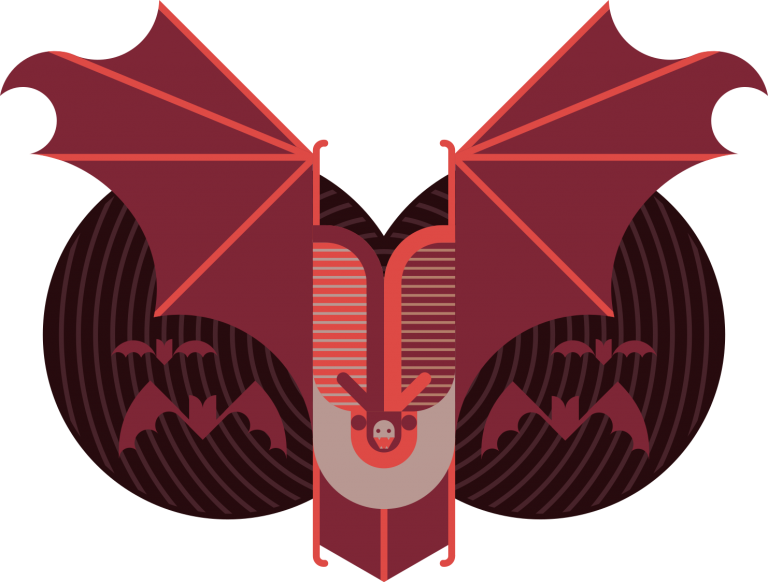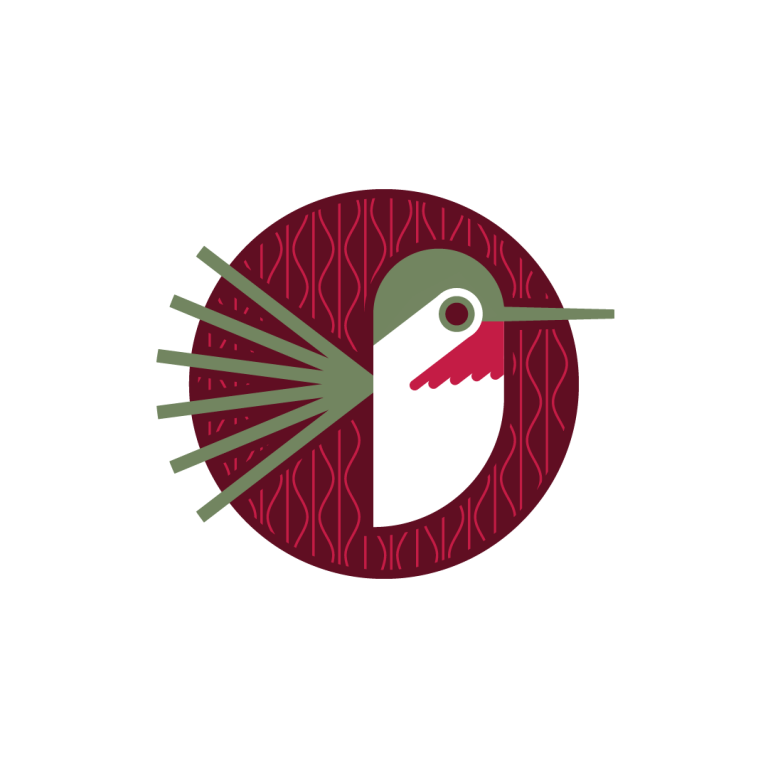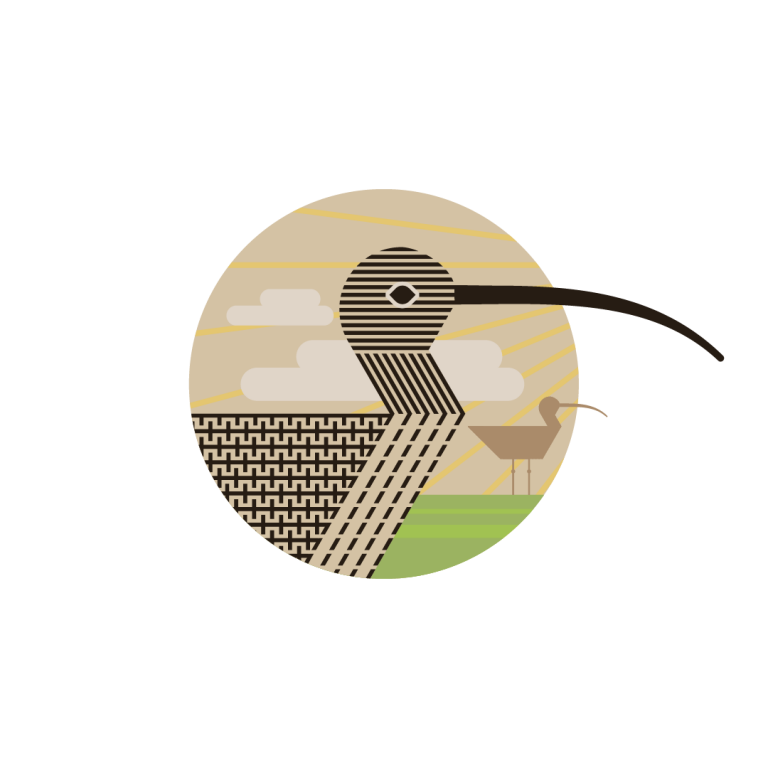Townsend’s Big Eared Bat
As its name suggests, the Townsend’s big-eared bat has enormous ears! Their big ears help them capture moths using echolocation, which is their preferred food. In addition to their big ears, these bats have broad wings (up to 30 cm wide), which make them very nimble flyers compared to other bats. In order to observe them, you must stay up well after dark and only during the summer months. Good luck searching for them!

Where it Lives
Townsend’s big-eared bats are true Canadian bats because they don’t mind the cold. In fact, they will hibernate up to nine months alone inside caves or mines where temperatures can dip below freezing! Did you know there are only 16 known sites in BC where these bats have been found hibernating?
After their long hibernation, Townsend’s big-eared bats become active again in May. They are expert aerial hunters and use sonar to pick insects right off leaves! In Lillooet, they seem to hunt nearby riverside forests with big cottonwood trees and other lush vegetation. These big trees may also offer “time-out” nooks where they can take a break from flying, to eat their prey, as well as sleep or “roost” during the day.
Conservation Concern
Townsend’s big-eared bats are BLUE-LISTED in British Columbia, meaning they are at risk. These bats need a special combination of habitat features to be successful, which may explain why they are rare. Access to winter caves for hibernation, lush intact riparian forests with lots of insect diversity, and plenty of daytime roosts are needed for this species to thrive. It is thought that insecticides or environmental toxins may affect populations.
What you can do
Build a bat box! (link) Although Townsend’s big-eared bats don’t like these artificial homes, you can provide other bat species with a comfortable place to sleep near your home.
We know very little about the lives of this bat species in British Columbia. If you think you may have discovered a bat roost, you can contact the BC Ministry of Forests, Lands, and Natural Resources Branch here.
The more we know, the better we can help this long-eared rarity!







